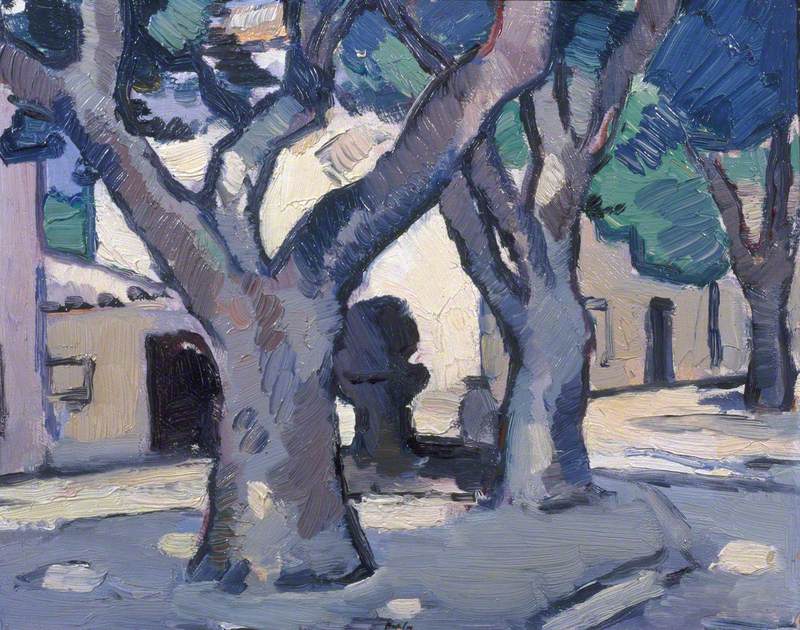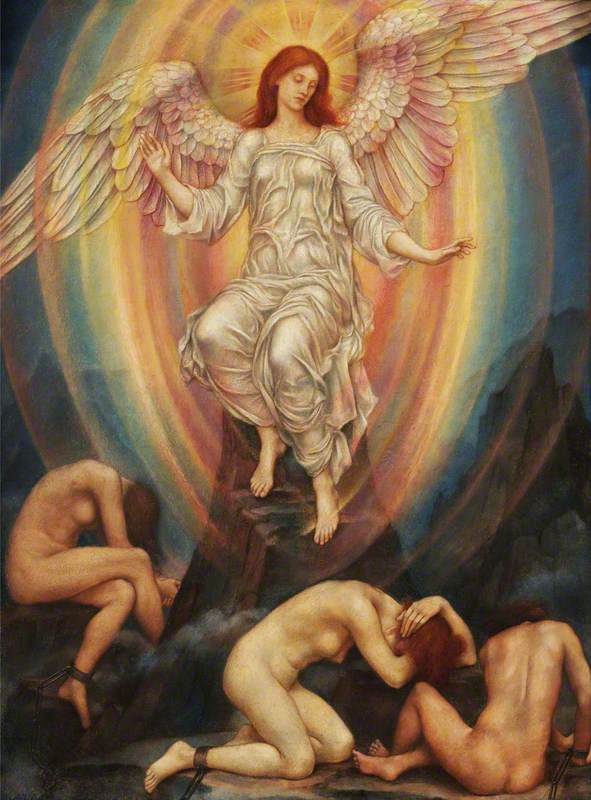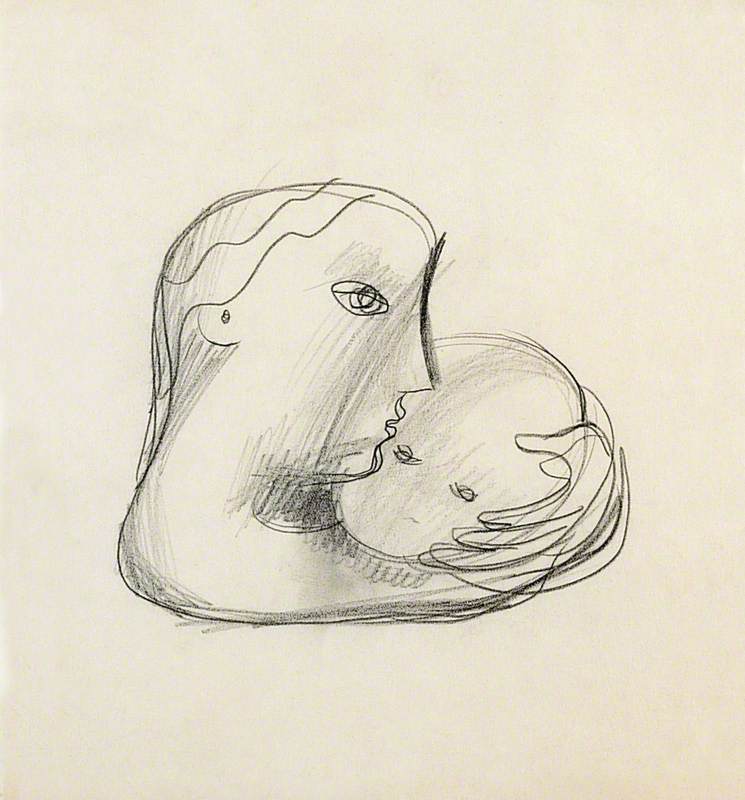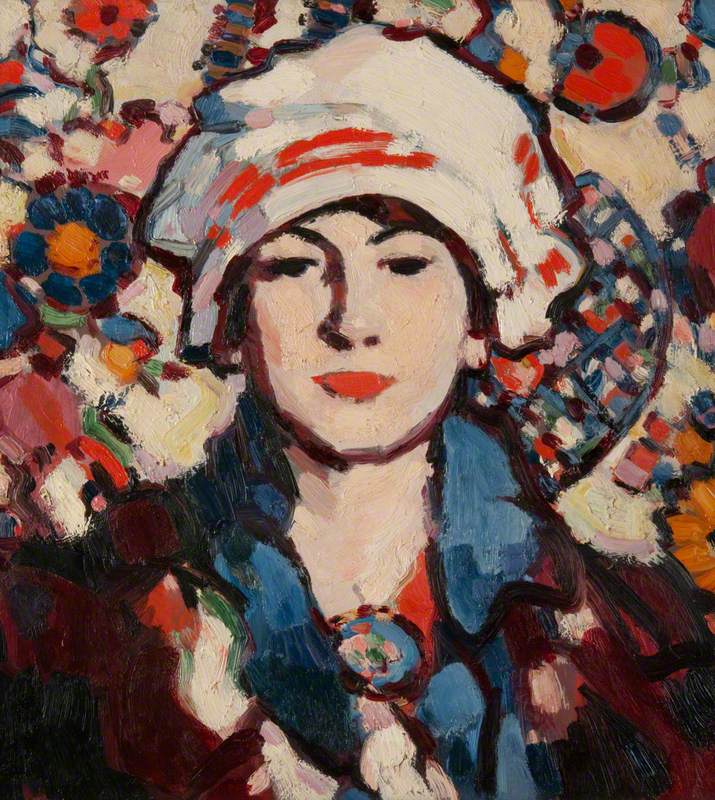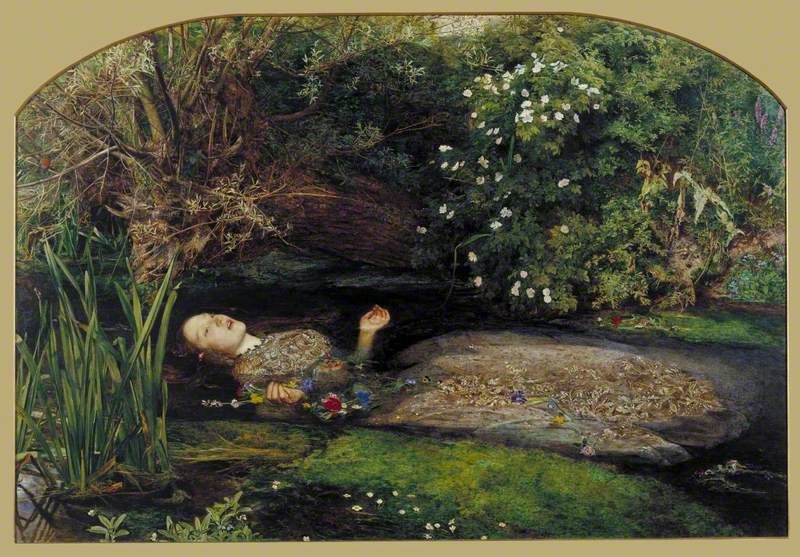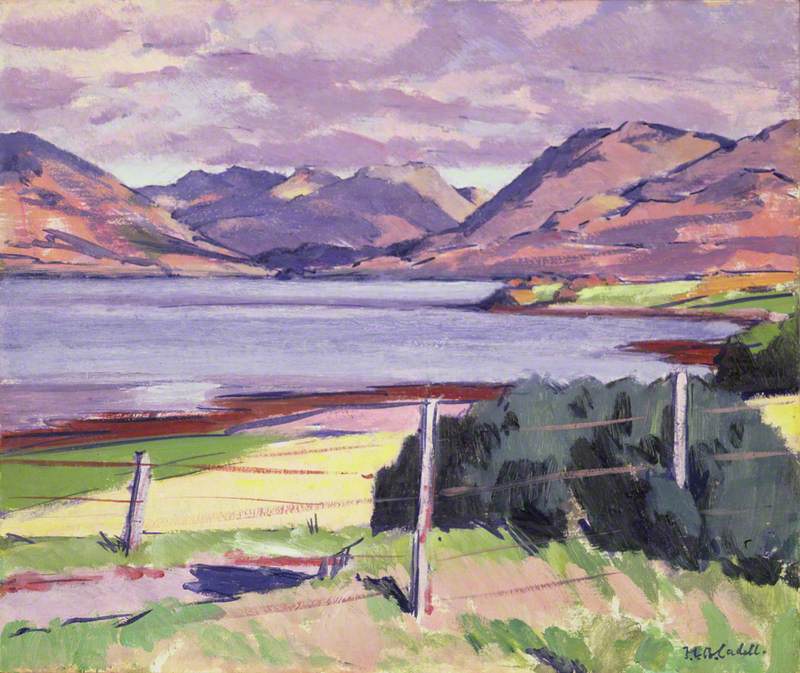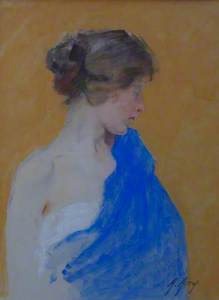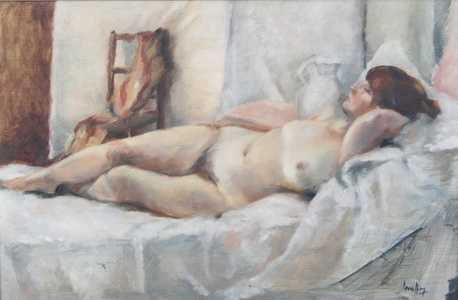Blue, with its myriad of shades, tones and depths, has long held a prominent place in art.
In particular, the colour blue plays a large role in the functioning of the human body and mind. Around 90 million years ago, our human ancestors had only evolved red- and UV-sensitive colour genes, assisting with hunting at night. Slowly, humanity developed opsin genes, allowing individuals to see the full spectrum of light, and to view varying shades of blue within water and the skies. Yet, the blue pigment is notoriously hard to come by in nature, except for within precious minerals like turquoise and sapphire.
The rarity of blue within these natural spaces led early humans to think of the colour as precious and mystical. Therefore, in developing artistic and cultural traditions, blue was reserved for images depicting important aspects of human life, such as religious belief. This intriguing connection between the colour blue and the human form can be seen within numerous works in The Reiff Collection of Modern British Art, with each depicting a slightly different approach to spirituality.
In Anna Airy's Portrait of a Girl with a Blue Drape, the dominance of the blue drape within the artwork seems to form a link between the unknown sitter of the work and the Mother of Christ. However, upon closer inspection, Airy integrates blue tones within the figure's skin also, imbuing the sitter with a soft, blue glow around her shoulder and neck, creating a blue sparkle at her eye. Therefore, blue not only shrouds the figure – as the Virgin Mary is often shrouded in blue – but also supplements the figure's body. This implies that spirituality for Airy's figure is not merely iconographical but intrinsic to the composition.
But why is the colour blue tied to the Virgin Mary and Christianity itself? The colour blue is rooted in the Old Testament, where blue tassels encourage Israelites to remember the Lord's commandments, with Mary herself being described as 'the handmaid of the Lord'. Therefore, blue attests to the divinity of Christianity, for which the Virgin Mary is a quintessential representation.
The colour blue also represents spirituality and religion more broadly: blue is not only prominent in Christianity but also numerous other religions. In Islam, blue is deemed a protective colour and is therefore featured widely in the decor of mosques. In Hinduism, blue is associated with power and strength, with numerous gods, including Lord Rama and Krishna, depicted with blue skin.
Margaret Maitland Howard's mysterious artwork Allegory of Life appears to combine these traditional religious tropes, emphasising the divine importance of the colour blue. In her composition, we see an angelic figure descending from the sky, emitting a glow of blue and green tones. The presence of the shimmering sword, clasped by this divine being, deftly combines the Christian association of angels with the Islamic belief that blue is a protective colour, and the Hindu association of blue with courage, strength and power. Within Maitland's work, the connecting element between all of these religions is blue, giving the colour spiritual and divine authority.
Blue features as a significant colour within the ancient religions of past civilisations, with 'Egyptian blue' being the oldest known artificial pigment. In Greek mythology, blue symbolised the sky; Hera, the goddess of the sky, was described as having blue eyebrows and was closely associated with the blue peacock. Symbolic also of the sea, blue became closely associated with the danger and threat water could pose.
Adrian Maurice Daintrey's Seated Nude harks back to ancient Greek mythology in its use of the colour blue to formulate the sky and sea in the background of the work. Especially, this work relays a moment in the myth of Ariadne, a Cretan princess who was abandoned by her lover, the hero Theseus, on the island of Naxos, where she was found by Dionysus, god of wine and revelry, who married her. Daintrey's composition is reminiscent of traditional depictions of Ariadne throughout art history, which show her seated, with the expansive sea and sky in the distance, despairing over her abandonment and isolation.
The use of blue in Daintrey's Seated Nude therefore demonstrates the dominance and significance of the sea and sky within ancient mythology, with its isolating power, forcing destitution and solitude onto Ariadne.
The seated or reclining nude is a common trope within depictions of female figures from antiquity, especially depictions of Aphrodite, known in the Roman tradition as Venus. Many artists have depicted the goddess of love in a lying position, including Domenichino, who depicts his Venus in a very similar pose to Airy's Reclining Nude, with their legs overlapping and arms bent at their heads.
However, Anna Airy's modern rendition does not specifically show the goddess and instead evokes her presence through the integration of the colour blue. In mythology, Aphrodite's birth revolves around the sea, with Hesiod stating that Aphrodite was born off the coast of Cythera, emerging from the sea after her birth. Therefore, water is central to Aphrodite's mythology, with her being associated with many sea animals, such as the dolphin, and many artists depicting Aphrodite whilst surrounded by blue water.
Blue tones are used by Anna Airy in the white bedding surrounding the figure of Reclining Nude, highlighting the crevices of the material. These folds suggest the waves of the sea, placing the figure in the position of Aphrodite, reclined against the sea. As with her Portrait of a Girl with a Blue Drape, Airy also integrates blue tones into the body of the sitter, which highlights the light and shade of the figure, making her appear fleshy, and reminding the viewer of the blue veins within our own bodies, colouring whiter skin tones with a blue hue. Therefore, although Airy's work creates a connection with the birth of Aphrodite, by connecting the bedding with the sea, the use of blue within the figure emphasises that Airy's Reclining Nude is not, in fact, depicting a goddess, but a real, human woman.
The colour blue has had a long and complex relationship with the human form but has inherently been used to connect the spiritual and human worlds, which these wonderful works from The Reiff Collection display with variety and beauty.
Elle Anderton, Collection Assistant for The Reiff Collection of Modern British Art
'Modern British Blues, A Selection of Works from the Reiff Collection' is on display at Lauderdale House on Highgate Hill, London from 1st to 27th May 2024

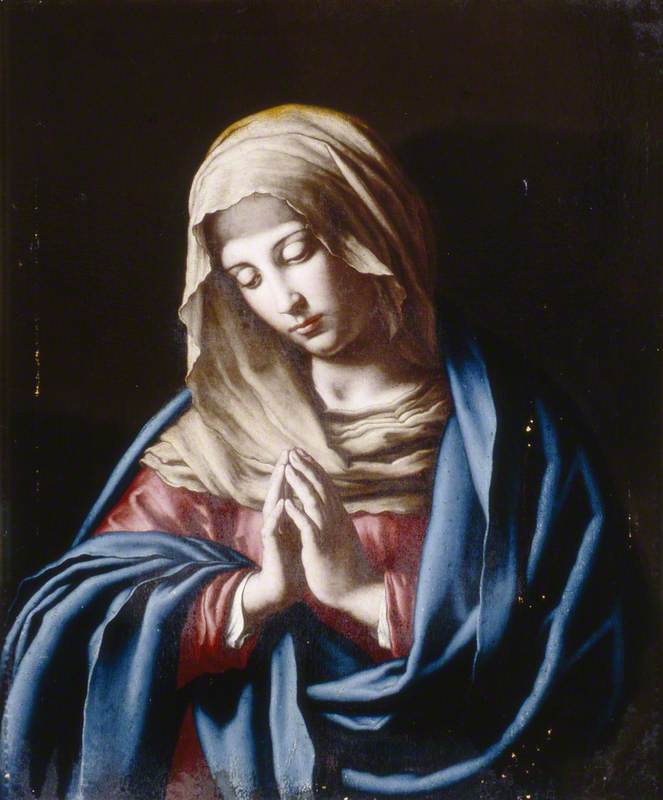
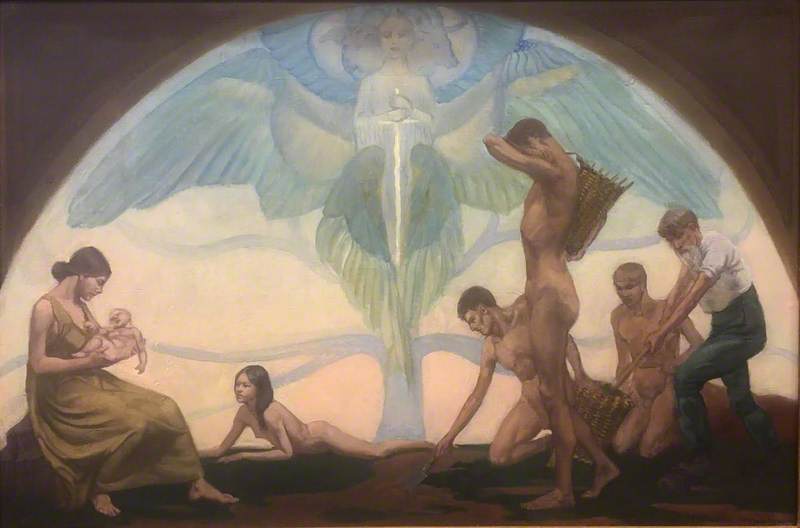
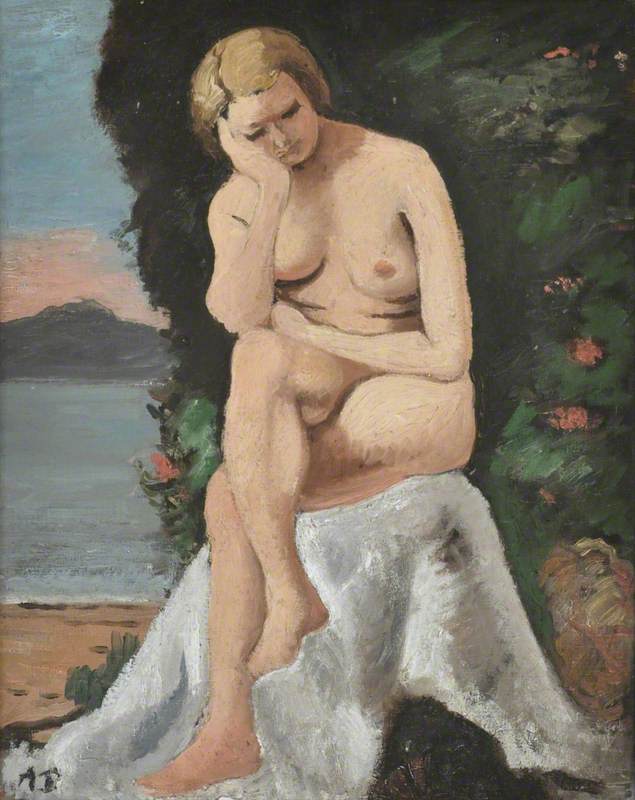

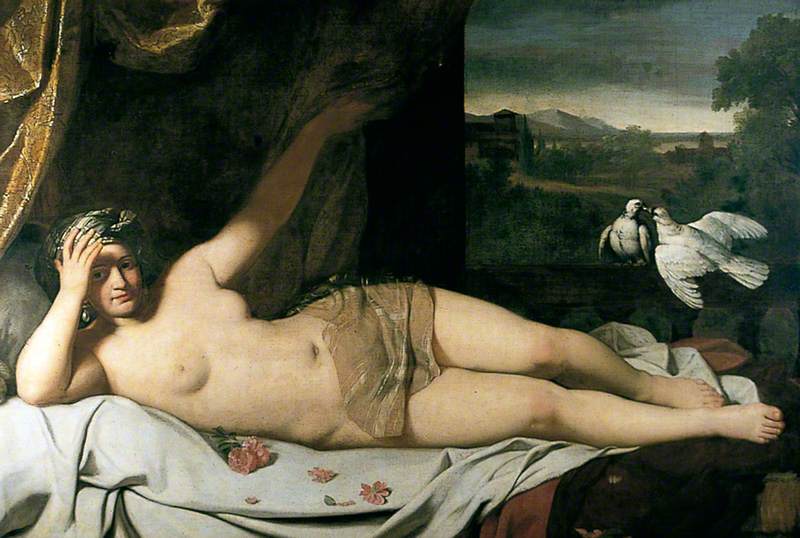

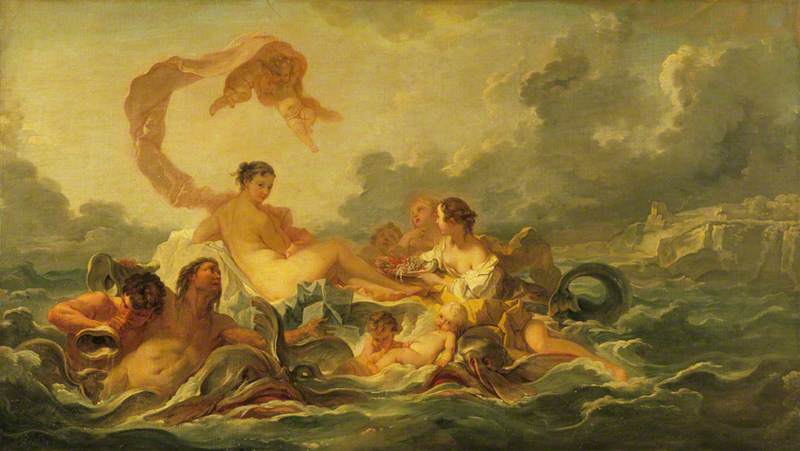
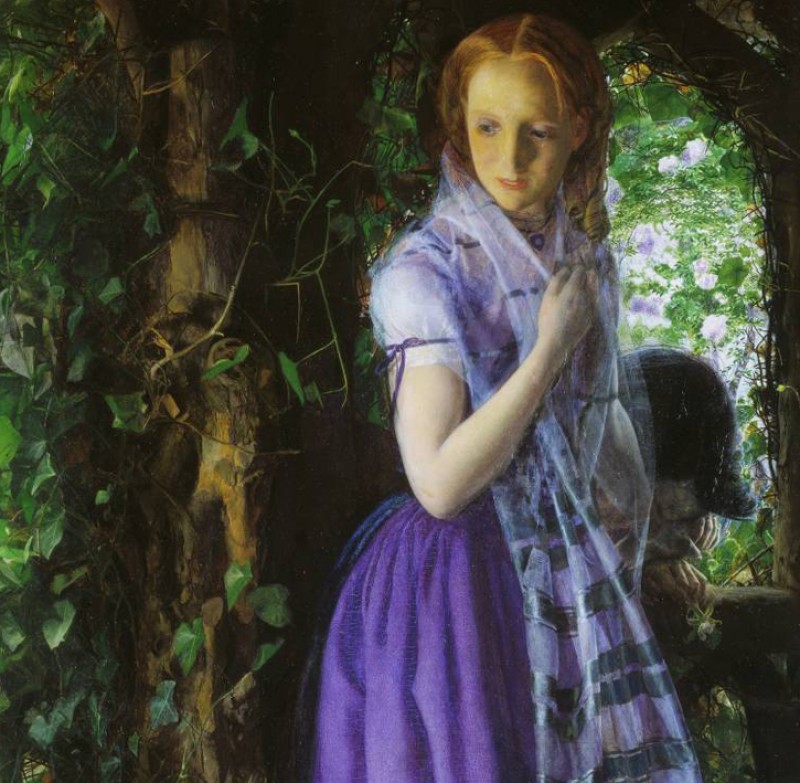



.jpg)
